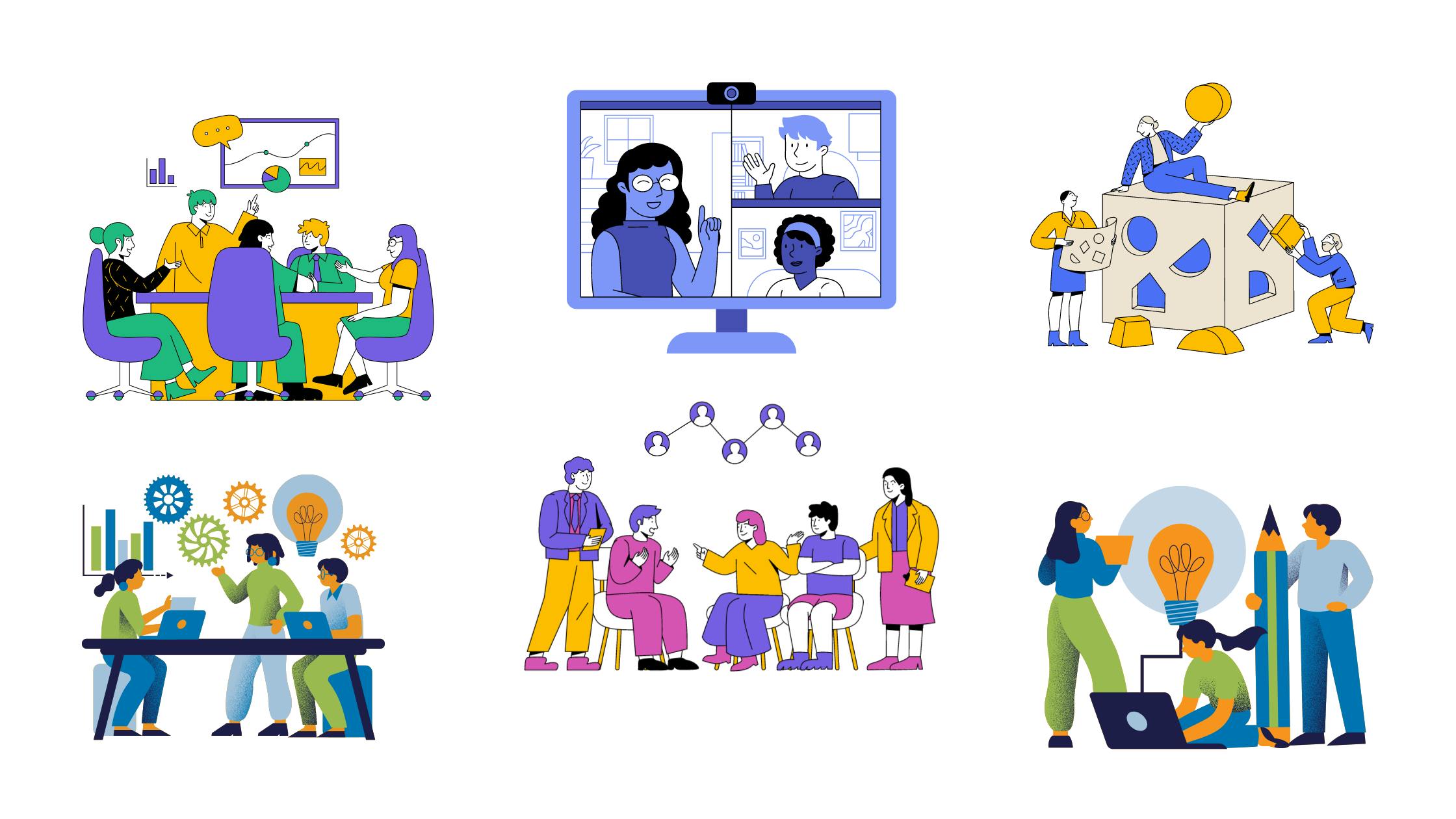Building a Thriving Tech Community: A Guide for Community Managers
If you want to go fast, go alone; but if you want to go far, go together.
If you ask me what is the secret sauce behind the huge success of the Linux ecosystem, Kubernetes, or popular JavaScript frameworks like React, Vue, or Svelte, I would say it is the communities behind them that contribute to the long-term growth and sustainability of the product.

In today's fast-paced tech industry, building a strong and engaged community is crucial for the success of any organization. As a Community Manager, your role is pivotal in fostering a vibrant community that supports the growth and success of your product. In this blog post, we will explore how you can work directly with your team to develop programs, onboard users, promote your brand, automate processes, and engage with your community.
Developing Programs to Support and Reward Exemplary Behavior:
One of the key responsibilities of a Community Manager is to create programs that encourage exemplary behavior within your community. Here are some steps to achieve this:
Identify Key Platforms: Begin by identifying the platforms that best suit your niche audience, such as Discord, Feedback Forum, and Twitter. These platforms will serve as the primary channels for community engagement.
Define Community Guidelines: Establish clear and concise community guidelines that outline expected behavior, etiquette, and rules. These guidelines will help maintain a positive and inclusive environment.
Implement a Reward System: Create a reward system to recognize and appreciate exemplary behavior. This can include badges, virtual currency, or exclusive perks. Regularly acknowledge and celebrate community members who contribute positively.
Encourage User Generated Content: Foster a sense of ownership and participation by encouraging users to create and share valuable content. This can be in the form of tutorials, guides, or testimonials. Highlight and promote exceptional user-generated content to inspire others.
Onboarding Users and Leveraging Existing Product:
To bring users aboard your community, it is essential to identify natural onboarding points within your product. Here's how you can achieve this:
Conduct Product Analysis: Thoroughly investigate your product to identify areas where users may require assistance or guidance. This could include creating tutorials, FAQs, or interactive onboarding experiences.
Seamless Integration: Ensure that the onboarding process is seamless and intuitive. Provide clear instructions, tooltips, and interactive elements to guide users through the initial stages of using your product.
Personalized Support: Offer personalized support to new users, such as dedicated onboarding sessions, live chat support, or a designated community support channel. This will help users feel valued and supported from the start.
Promoting the Brand through Community Support and Engagement:
As a Community Manager, you play a vital role in promoting your brand through community support, content distribution, and engagement via events. Here's how you can achieve this:
Active Community Engagement: Regularly engage with your community by responding to queries, addressing concerns, and participating in discussions. Actively seek feedback and suggestions to improve your product and community experience.
Content Distribution: Create and distribute valuable content that resonates with your community. This can include blog posts, tutorials, webinars, or podcasts. Leverage social media platforms to amplify your content reach.
Organize Community Events: Plan and host community events, both online and offline, to foster connections and strengthen relationships. This can include webinars, workshops, hackathons, or meetups. Encourage collaboration and knowledge sharing among community members.
Building Requirements for Automation:
To streamline your role as a Community Manager, it is essential to leverage automation tools. Here's how you can build requirements for automation:
Identify Pain Points: Identify repetitive tasks or processes that can be automated to save time and effort. This could include automating community moderation, content scheduling, or data analysis.
Research and Evaluate Tools: Explore existing automation tools and platforms that align with your requirements. Consider factors such as ease of use, scalability, and integration capabilities.
Collaborate with the Tech Team: Work closely with your tech team to define the requirements for automation tools. Provide clear specifications and collaborate on the implementation and integration of these tools.
Engaging and Growing the Open Source Community:
Nurturing an open source community can be a valuable asset for your organization. Here's how you can engage and grow your open source community:
Establish Clear Objectives: Define the goals and objectives of your open source community. This could include fostering collaboration, encouraging contributions, or driving innovation.
Provide Documentation and Resources: Create comprehensive documentation, guidelines, and resources to facilitate contributions from the open source community. Encourage transparency and provide clear instructions for getting involved.
Recognize and Reward Contributions: Acknowledge and appreciate the contributions of open source community members. This can be done through public recognition, showcasing their work, or offering incentives such as swag or mentorship opportunities.
As a Community Manager, your role is multifaceted and requires a diverse skill set. By developing programs to support exemplary behavior, onboarding users effectively, promoting your brand, automating processes, and engaging with the community, you can build a thriving community that drives the success of your organization. Embrace the qualities of insight, empathy, direction, grit, and effective communication to excel in your role and create a vibrant and engaged community.